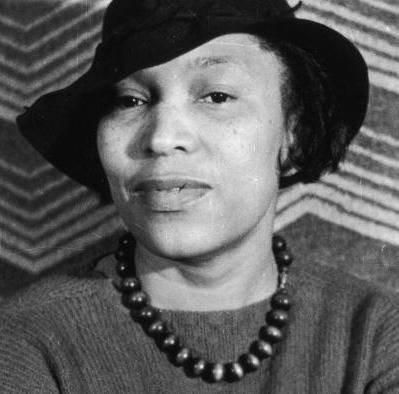 A Death in the Family by Karl Ove Knausgaard (Harvill Secker)
A Death in the Family by Karl Ove Knausgaard (Harvill Secker)
The publicity puffery that surrounds A Death in the Family is more than usually hyperbolic. “Meet Europe’s New Literary Star,” screams the proof copy, which boasts a picture of the author looking like a superannuated Jon Bon Jovi. The book’s been “declared a literary masterpiece”, apparently, wherever it has been published. If Proust and Jonathan Franzen had mated, this would be the result. Well, it says “collaborated”, but that’s the feeling you get – fervid, sweaty, sexual.
The book is billed as “memoir written as fiction”, which, as far as I can work out, means that it’s fiction. Narrated by Knausgaard himself, it takes us from his middle-class childhood through to his current existence as a successful writer. The central event – if it can be called an event, because when it happened I didn’t really notice and had to go back and read it again – is the death of his father, and Knausgaard’s acceptance of their emotionally complicated relationship.
The problem is that Knausgaard’s unflinching honesty, so admired throughout Europe, leaves little room for characters to grow, for scenes to live. He is far too busy telling you exactly what he was given for supper as a child – “when we came into the kitchen, there were two glasses of milk and two plates, each with four slices of bread plus toppings...” (which particular description continues, I kid you not, for at least half a page) – or telling you what walk he’s been on – “As a rule it was along Rådmansgatan, then down Holländergatan to Tegnérgatan where I crossed Sveavägen and followed Döbelsngatan up to St Johannes’ Church” – for anything to burst out of the page. It’s like someone reading out the telephone directory. Ver-y slow-ly.
This “honesty” – although in a fictionalised memoir, can we trust anything? – means that Knausgaard is unsparing in his self-depiction. But the last time I checked, the entire world was not his psychiatrist. We don’t need to know that his adolescent band was rubbish, that he felt up a girl when he was a young teen, that he hates his children when they’re being annoying, that he happily considers abandoning his pregnant wife just so he can go and write A Death in the Family. No, Karl Ove! Tend to your wife! Don’t go and write this book! Then you wouldn’t have to inflict it on us! He is such a grumpy old bugger that when he sees some blameless old people queuing up for a dance “excited and happy”, it hurts him “deep in my soul”. Chill out, Mr K!
It is entirely possible that this novel is a masterpiece, and has just been badly served by a translation which would have us believe that teenage boys call each other “lying sod” and “lying toad” in the same breath; which prizes obscurity: “In art that which was beyond was synonymous with society, by which is meant the human masses which fully encompassed its concept and ideas of validity”; and which describes a car seat as “inviolable”. But I don’t think so. I pity the poor translator. After all, it must have been quite hard to translate something so soporific.
Perhaps I’m being unfair. But perhaps this is also a monstrous exercise in egotism, a gigantic literary joke whose only redeeming feature is that it isn’t any longer than it is. In Norway, companies have supposedly ordered “Knausgaard-free days”, as staff were spending too much time talking about this book. I’m not declaring this book a masterpiece. I’m declaring my life Knausgaard-free – for ever.

